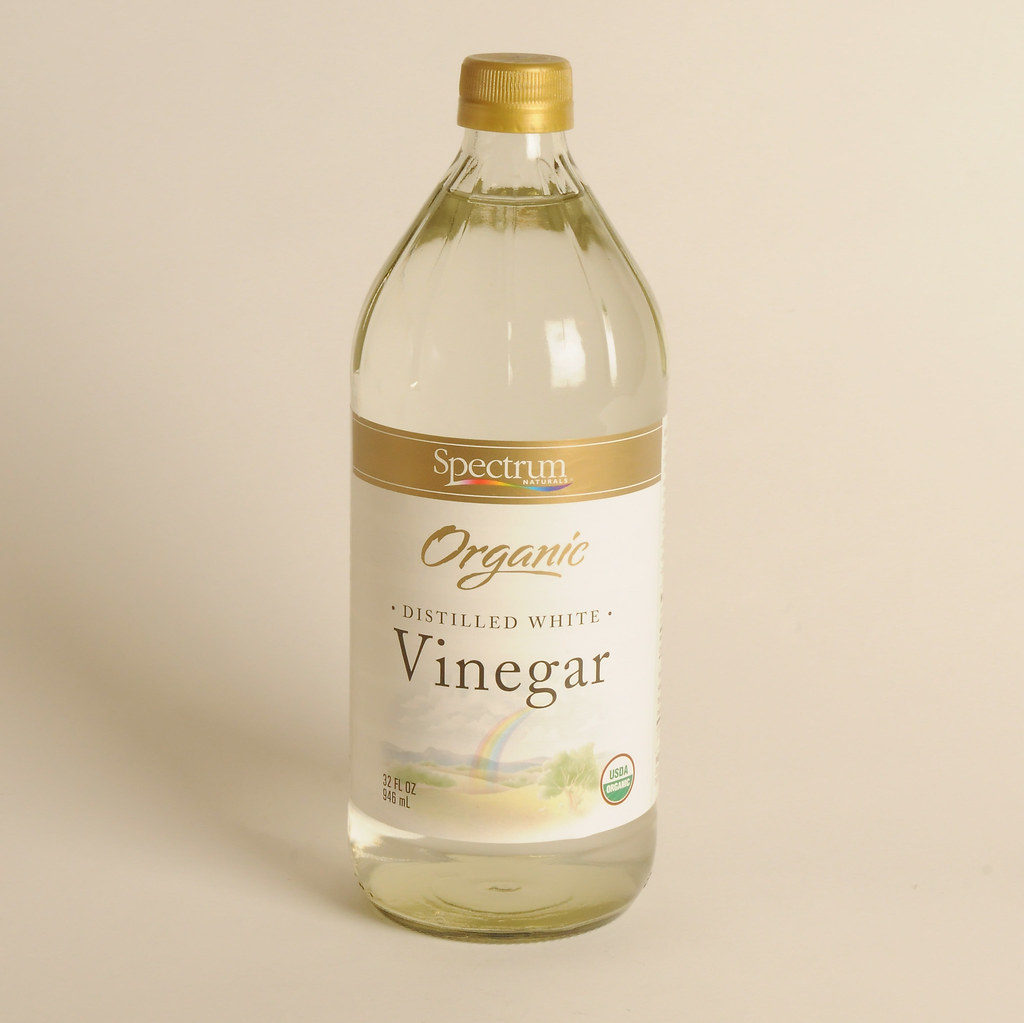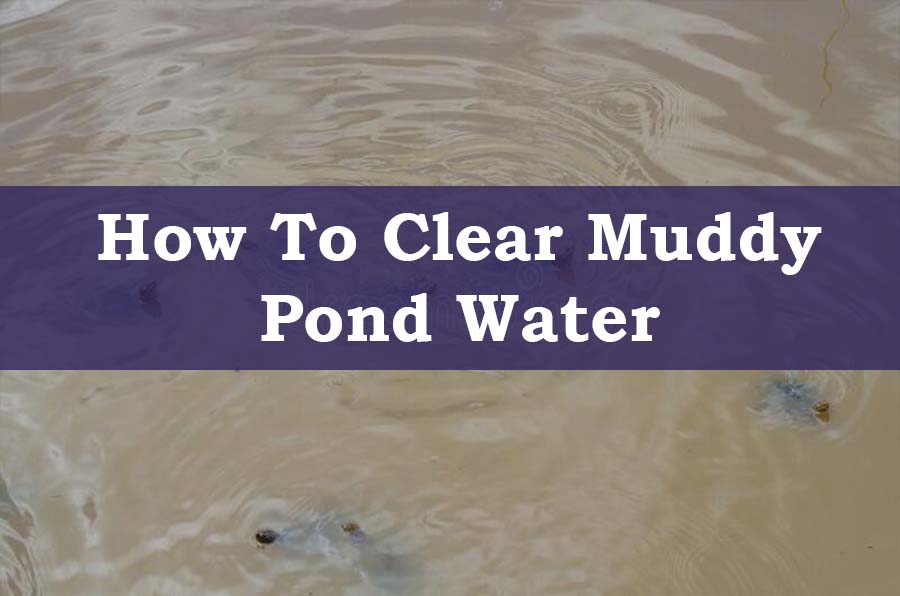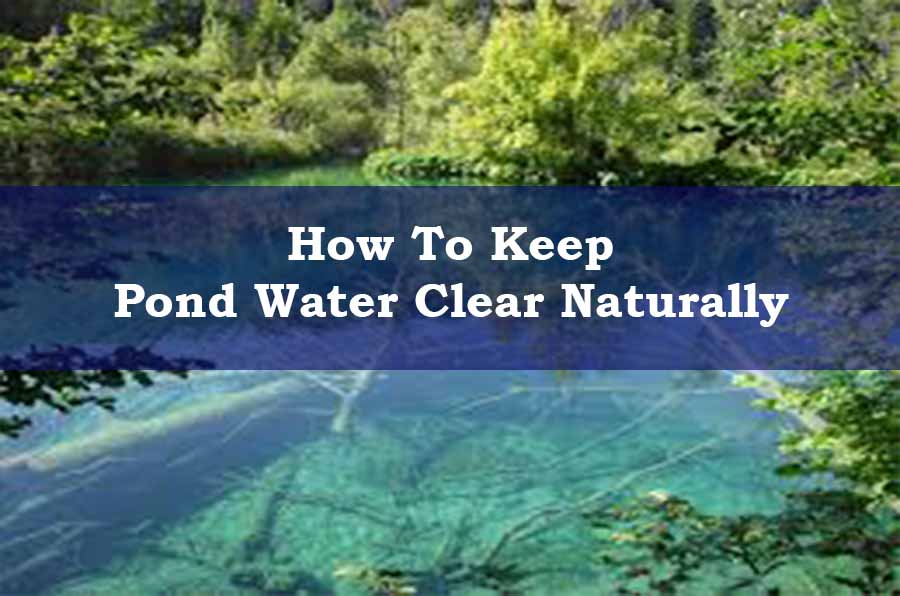Checking the pond water quality is a must for you as a pond owner to keep the pond habitable for fish and other habitats. It is routine work that needs to be done within a regular time interval.
In this article, I will show you how you can test pond water quality and improve it. But before that, let’s know the ideal pond water quality standards.
Table of Contents
Pond Water Quality Standards
- pH: 7.5 to 8
- Dissolved Oxygen (DO): 8.3 ppm at 25 degrees Celcius. (If the temperature goes down, more DO is needed)
- Ammonia: Ideal 0.00 ppm (Should be kept below 0.25 ppm)
- Nitrate: 20-60 ppm
- Hardness: 65-250 ppm equivalent to Calcium Carbonate.
- Chlorine: 0.00 ppm
- Salinity: 5000 ppm
How to Test Pond Water Quality
Testing pH
For testing the pH level of your pond you will need a pond pH kit. This will help you to determine the level of pH in your pond.
For testing the ph there are two methods.

- You can use a pH paper that indicates ph or

- You can use a digital ph meter that gives the reading of pH.
One thing you should keep in your mind while using the kit is, the pH will fluctuate. So if it hasn’t stayed above the ideal range for a few days, don’t be concerned.
Testing the pH will give you clarity on the acidity or the alkalinity of your pond water. pH stands for the density potential of hydrogen in the water. The range for pH is 0-14.
In this range 0-6.99 ranged fluids are acidic, 7.01-14 are alkaline, and those with 7 are neutral.
If you have koi fish in the pond the ideal range for pH is 7 to 8, but will also survive slightly outside of this range.
But this will make the fish stressed. Also, they will suffer from acidosis or alkalosis depending on the swing of pH. And the balance of the pond will be lost.
If the change of pH in your pond is far away from the ideal range, fishes won’t survive in the pond. For this pH testing becomes important.
Testing the Level of Dissolved Oxygen (DO)
There are two methods of testing Dissolved Oxygen of DO:
- Use the dissolved oxygen kit to determine the level of oxygen in the water.
- Alternatively, you can use a dissolved oxygen meter or DO meter for this.

However, I will recommend you use the DO meter even though it costs more than the kit because you can use the meter over and over again where is the kit is limited to a certain number of tests.
You have to take the reading at the same time every day as the DO concentration can vary throughout the day.
For the fish to survive in your pond adequate dissolved oxygen is necessary. The range for dissolve oxygen in an ideal pond is greater than 6 milligrams per liter.
Oxygen is produced during daylight. Algae and the plants create them in the time of photosynthesis. Thus it is highest during the time of daylight and lowest low at night.
Ponds with low oxygen levels may have the threat of getting the aquatic life killed. So regular testing of the amount of DO is necessary.
Testing the Ammonia Level
For testing the pond’s ammonia level, you can use API pond master water test kits. This will give you the amount of ammonia in your pond water.
To use this kit you can look into the manuals. They are easy to use.

When ammonia is in the water at higher levels, it is very difficult for aquatic plants and wildlife to exist in the pond. Also, this might eventually lead to potential fish death.
Environmental factors like pH, the temperature will affect the range of ammonia in the pond.
Ammonia is created in your pond due to the breakdown of wastes, fish excrement, uneaten fish food, and many more reasons. The ideal level of this chemical element with fishes in the pond is zero or very close to zero. But this is near impossible.
Testing Nitrite Level
For testing the nitrite level you can again take the help of the API pond master water kit. You can determine the amount of this element in your pond using this kit. You can easily use these kits by looking into the manual.
Excess nitrates will convert into ammonia and then the pond will not be suitable for your fish, aquatic plants, and other habitats.
Because of the nitrogen cycle, the by-product nitrate is created. When ammonia is broken down by beneficial bacteria nitrites are created.
Like ammonia, nitrate should also be kept near to zero. This is the ideal range for it. But if you can keep it down to 0.25 ppm or lower than this that is also acceptable.
In newly made ponds, the level of nitrites can be up to 10n ppm. This level will drop eventually by the increase of bacteria in the pond.
Testing Hardness
For testing hardness, a highly recommended pond test kit is 5 in 1 pond test strips from API. You easily go through the manual and use it to test the hardness of the water in your pond.

Harder the water lowers the chances of its being toxic to aquatic life. Hard water has some metallic ions that form insoluble precipitates and drop out of the solution. They are not taken by organisms.
Excess amounts of hardness will not be acceptable because of economic or aesthetic reasons.
Hardness is the measurement of Magnesium and Calcium in the water. The hardness will depend on the treatment process if you are filling up the pond with tap water.
If you want to have koi fish in your pond, the ideal range for hardness will be 60-180 ppm.
Testing The Amount of Chlorine
Experts suggest that using a digital ppm tester to test the chlorine level of pond water. So try using this.
Check the manual before because it will give you the idea of how exactly you can pull it off.
Tap waters have chlorine or chloramine in them. This has beneficial assets. They kill harmful bacteria.
But this chlorine can be also harmful, even deadly for the fish and good bacteria in the pond.
For a pond, the ideal level of chlorine is zero, or as close to zero as possible. This is because to avoid burns to the fish gills. And also stopping the killing of good bacteria and fish poisoning and death. Always dechlorinate tap water before adding it to the pond.
Try to test the water before adding it to the pond. But if you found that water in your pond already has an excess amount of chlorine in it keep aerating the pond using a good pond aerator.
Testing Salinity
You can use the pen type salinity and temp all-in-1 checker tester for this case. They can give you the level of salinity in the pond.

To use this kit try going through the manual before the test.
In koi ponds, to help the fish health and prevent parasites salts are used. Salts are also used to kill cattails.
But you have to make sure that the salinity level of the pond is maintained. For an ideal pond, the salinity level is 0.1% to 0.3%. Try to make sure that you are at this level. You can use our koi pond salt calculator to workout the right amount of salt needed to treat your pond.
These are the water quality parameters that should be checked, for checking the pond water quality. Now we will see how to improve the quality of pond water.
How to Improve the Pond Water Quality
Size of the Pond Should be Big
The size of a pond has a relationship with water quality in it. In simple words, large water volume means stable water parameters. The concentration of the pollutants will distribute more evenly and hence the water quality will not be disturbed that much.
For an ideal koi pond should contain at least 1000 gallons of water.
Set Up Effective Filtration Unit
Having an effective filtration unit for the pond is necessary for improving the quality of pond water. A pond filter works by just simply removing the physical dirt. This will keep your pond water clean.
The filter works with the help of a pump to make sure that the load from the fish and debris that get in your pond is dealt with.
All the ponds don’t often require filters. If you are intending to create a wildlife pond with a considerable number of fish that requires a good environment to live in, then having a good filter setup becomes necessary. The filtration system is quite simple, but it can take time to get balanced with the nitrogen cycle of your pond.
You can use pond plants as a natural water filter. You will have to have plenty of plants, almost two-thirds of the pond area. These plants and the naturally occurring bacteria will use and digest any toxin that is left by the fishes.
The plants should be established before gradually introducing the fish in the pond. It might take months for the pond to be naturally balanced.
The filtration system for the koi pond should be such that all the water passes through the filter one in two hours. Also, you have to give proper emphasis on biological filtration to ensure the proper breakdown of nitrogen wastage.
Aerate the Pond Regularly
Aerating the pond properly is another way to improve the quality of your pond water. Proper aeration will provide the optimum amount of oxygen and sunlight to your pond. It will also remove chlorine from the water.
Not having enough oxygen and anoxic conditions will make the pond bottoms release various gases and metals. These will cause water quality problems.
Aeration will allow many helpful factors like stabilize the pH, reduce alkalinity and remove carbon dioxide. It will also decrease the cost of pond treatments.
Koi is Coldwater fish. Thus they are more suitable in high dissolved oxygen content in water. In the hot days of summer, pond water needs to be oxygenated.
Try to increase the agitation by streams, water fountains, waterfalls, etc. You can also use aeration devices.
Treat the Water Properly
There are many types of pond water treatments. Different ones are meant for different circumstances.
You can clean pond water naturally. This includes adding beneficial bacteria, controlling muck, pond feature maintenance, etc.
Natural and earth-friendly products will help to break down the excess nutrients and fish wastes and maintain the quality of water.
Clean the Pond Regularly
Proper cleaning is key to improve the quality of pond water. Clean the pond water regularly. Because debris, fish wastage will decay and damage the pond water quality.
This will ultimately change the overall ecological and environmental balance of the pond. Leaving the pond aquatic life in a hazard.
Try to maintain a routine regarding the cleaning of water. This will effectively enhance the quality of your pond water.
Keep Proper Balance of Plants
Try to have no more than 40% to 60% of the surface area of your pond covered with shaded plants.
A proper amount of plants enhances the water quality by absorbing various chemicals and heavy metals. submerged pond plants also oxygenate the water.
Keeping a Healthy Fish Population
Try not to have 10″ of fish in every 100 gallons of water. If you have more than that means your pond is overpopulated. This extra population can damage pond water quality.
If your pond is overpopulated, find a new home for the fish. Many pond retailers will accept your fish.
Extra fish will have extra wastage. Thus they will eventually contaminate your pond water. So try to have a proper population for the pond.
Try Not To Over-Feed the Pond
When you overfeed, the extra food will remain in the pond and they will decay. Make sure to feed your fish only once a day. No more than that because they only can eat for 2-3 minutes.
Not knowing this, many of you will overfeed your fish. And ultimately the leftovers are going to rot in the pond. They will easily decrease the quality of pond water.
If this goes on and on, soon the condition of the pond will not be suitable for aquatic life.
So these some tips that might help you to improve the pond water quality. Try to maintain them for having a great quality of water in your pond.
Try checking up the quality of your pond water regularly to keep the aquatic life in the pond healthy. The same goes for koi ponds also.
Try to follow the tips that I gave in this article. I hope these tips will be helpful to you in improving your pond water quality.
And if you have any questions, you are more than welcome to put them in the comment section.





